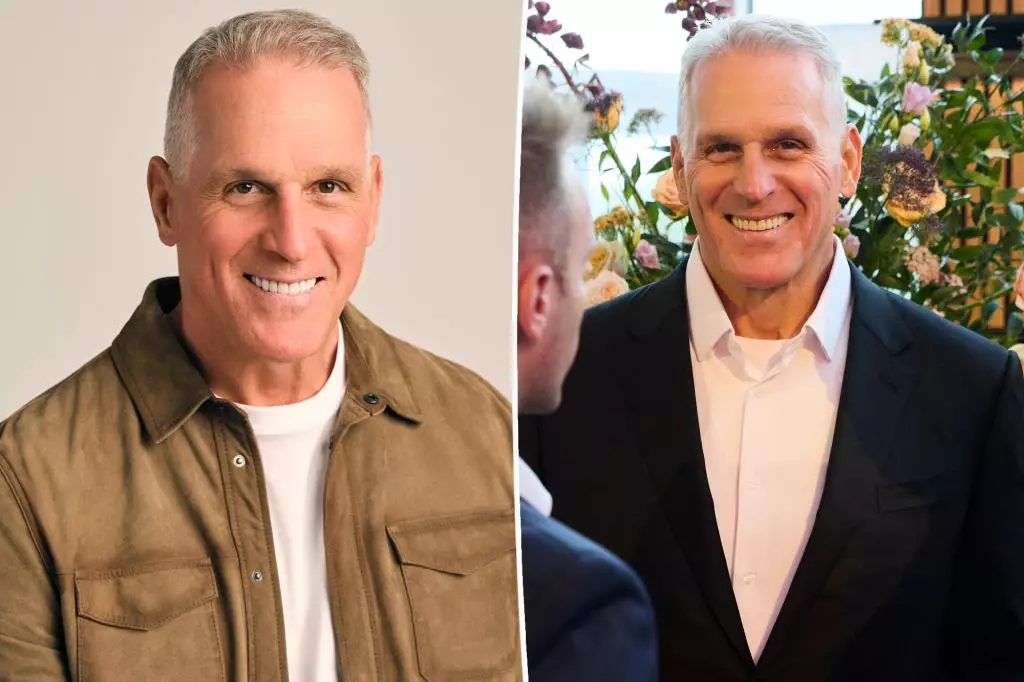Senior dating shows like ABC’s “The Golden Bachelor” are meant to celebrate romance and companionship in later life, yet the recent statements by Mel Owens, the series’ upcoming star, challenge that inclusive ideal. Owens openly declared on a podcast that he dismisses potential partners over 60 years old, instead targeting a narrower age bracket of women between 45 and 60. His blunt admission—“If they’re 60 or over, I’m cutting them”—sparked an immediate backlash, perceived by many as ageist and superficial, especially given his own age at 66.
This candid preference echoes a common, albeit uncomfortable, trend in senior dating dynamics: the often-unspoken societal pressure to maintain “youthful” appearances and physical fitness. Owens doesn’t stop at age cutoffs. He also demanded his potential matches avoid the “artificial hips and the wigs,” implying an unrealistic standard for naturalness and vigor well beyond the typical realities of aging. While personal preferences are valid, framing them in dismissive, exclusionary terms reflects an insensitive approach to aging that marginalizes many older adults who don’t fit these narrow molds.
The Divide Between Reality and Romance in Older Dating
The controversy ignited by Owens’ comments brings forward a broader question: How do senior dating shows reconcile the messiness of aging with the idealized fantasy of romance? The show’s first season featured Gerry Turner, 72, courting women exclusively over 60, culminating in a high-profile engagement that ended in divorce after three months. This contrast between televised optimism and the complexities of real-life relationships reminds us that love in later years isn’t immune to challenges or heartbreak.
Turner and his ex-wife Theresa Nist, 71, openly discussed their breakup with respect and candor, underscoring that marriage and companionship among seniors still carry the same struggles as any other stage in life. Their willingness to share these personal difficulties publicly should humanize the senior dating experience beyond the manufactured drama or idealized images often presented on screen. For viewers and participants, it’s a reminder that age does not simplify the emotional intricacies of relationships.
Societal Expectations Collide with Personal Desires
Mel Owens’ remarks have also triggered a larger dialogue about the unrealistic standards imposed on older individuals, especially in contexts like televised dating. Society often idolizes staying “young at heart,” but there’s an overarching, and sometimes cruel, fixation on youthfulness in physical appearance that disproportionately affects older women. Owens’ preference for partners “who are fit” and sans common signs of aging—prosthetics or cosmetic enhancements—reveals how deeply entrenched these biases are, even among peers who are themselves senior.
This fixation on aesthetics in senior dating raises uncomfortable questions about self-acceptance and societal pressures. Is it fair to expect older adults, who may be dealing with the unavoidable physical tolls of aging, to conform to beauty standards designed for much younger people? The resentment from social media users directed toward Owens underscores frustration with such unrealistic expectations and the ongoing stigmatization of natural aging.
The Broader Landscape of Love After 60
Ultimately, “The Golden Bachelor” and Owens’ controversial stance reveal the contradictions at the heart of senior dating culture today. On one hand, there is a desire to celebrate love and companionship in the later decades of life; on the other, there remains a persistent undervaluation of genuine connection when it fails to meet societal ideals of youth and beauty. The dissonance between these forces often creates a confusing and sometimes painful spectacle, as older adults navigate both their own desires and entrenched cultural prejudices.
Notably, Theresa Nist’s reported influx of younger admirers following the first season points to a shifting dynamic in age-related dating norms. Rather than adhering strictly to age brackets, some older individuals find themselves engaging with a wider range of suitors, which could indicate evolving attitudes around age and attraction. Whether this trend grows or remains marginal will have implications for how senior dating is perceived and represented in popular media moving forward.
This ongoing evolution in the portrayal and reality of late-life romance suggests that while senior dating shows like “The Golden Bachelor” provide an entertaining platform, they simultaneously reveal how far society still needs to go in accepting aging in all its complexity—flaws, beauty, and unpredictability alike.

